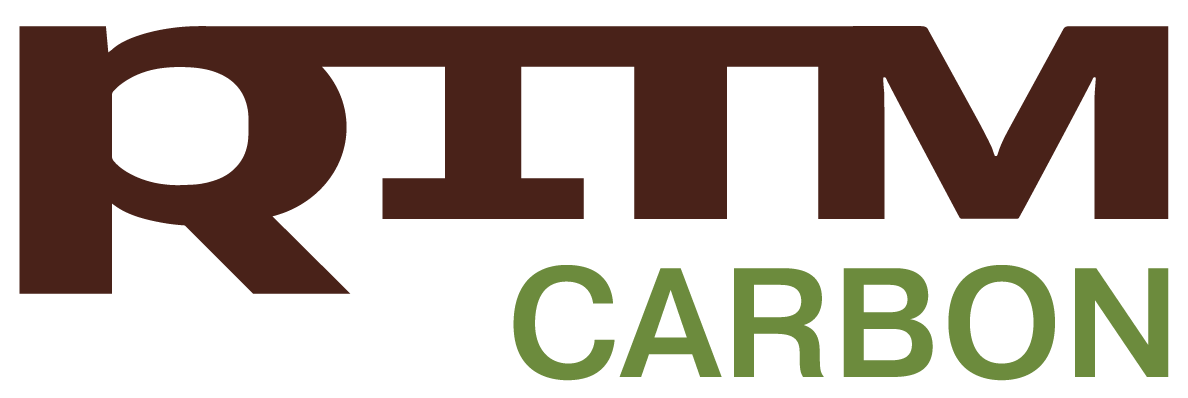The website of the Forest Institute of the Siberian Branch of the Russian Academy of Sciences reports on the database of 3D models of soil profiles at type 2 intensive level test sites. The 3D soil models clearly demonstrate the structure of the soil profile, its structure and formation. The simple process of creating the 3D models and the available visualization are an attractive way to obtain details of soil covers of the country with research volunteers involved.
At the type 2 intensive level test area Pogorelsky Bor, three soil profiles were laid in the ripe and middle-aged mixed-grass green moss pine forest and mixed-grass birch forest. Free software (Scaniverse and Polycam) was used to scan soil profiles, using the iPhone/iPad LiDAR sensor along with the device cameras to create 3D models.
The built-in LiDAR scanners provide a way to quickly create 3D models of any object of interest. The 3D model is created by combining lidar and photogrammetry (images taken from different points of view on the object to create a 3D reconstruction). LiDAR creates a known scale, and photos provide texture for the 3D models. From the application, the scan is then exported to files of various formats of 3D point cloud processing software, including the open source solution Cloud Compare. These features are used in geological and geophysical surveys, making it easy to create 3D scans of objects such as rocks, geological formations, and paleontological samples.
The 3D models of the soil profile will make it possible to visualize the features of soils formed in various bioclimatic zones. In the future, it is planned to create 3D models of the soil profile at three more type 2 intensive level test sites in the areas of Zotino, Tura, and Igarka.
You can download the 3D scans here
Source: http://forest.akadem.ru/ritm-c/IF_ritm-c.html
